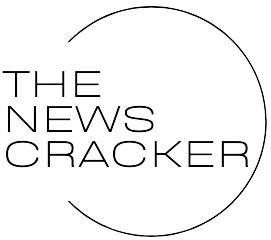There is a broad range of medical services available via Discount Health Care Programs. They provide primary, complementary and quality alternative solutions to meet a host of needs. Additionally, the individual cost savings associated with Discount Health Care Programs (DHCP) use can be substantial.
These programs are relevant because at least 48 million Americans have no medical insurance or are inadequately insured. But, there is “no free lunch.” So, while the country has substantial experience delivering medical services by way of Medicaid, there are substantial problems with geographic distribution of services, appropriate access, services documentation, quality assurance, data storage, data security, and services payment, to name a few. Additionally, there are significant challenges with financial accountability at all levels, and assuring reasonable ROI on time investment for providers willing to work with cumbersome, documentation-heavy government programs. As such, there is no current, reasonable, all-encompassing, universal extension of Medicaid/Medicare. And, there are insufficient broad support of existing, too briskly cobbled together, Affordable Care Act based programs.
We are very familiar with government-funded public facilities, programs, and resources available in some of the better-financed regions of the country. Even there, efficient utilization of services is often demonstrably less than expected because of issues related to target population understanding, transportation and other barriers to access. And, in spite of the magnitude of the investment, many of the staff working at the facilities are marginally skilled and motivated to serve. As such, whether the programs are related to health, education, practical skills development, physical fitness, social enrichment or other, the combination of limitations of both the delivery sources and recipients yields suboptimal outcomes.
Even if the entire country were speckled with sufficiently commodious, well-appointed technologically and optimally staffed (relative to skills and attitudes) health facilities, there would be a ubiquitous question: “If we build it, will they come?” Approximately ninety (90) percent of the American population is not Health Literacy (HL) proficient. This lack of HL proficiency adversely impacts overall health status by way of poorer health behaviors, including some social activities, fitness habits, and medical care decisions. Will the relative health illiterate use freely accessible, comprehensive health facilities sufficiently well?
Currently, inappropriate use of medical care services, due substantially to problems of access and poor HL decreases overall health outcomes and increases personal annual medical care expenditures no matter what combination of insurance and government-supported care, and cash-basis services are used.

